Do you know thermal expansion?

Both solids, liquids and gases increase in volume with increasing temperature, although they do so to a different extent. This phenomenon is known as thermal expansion, and is due to the increase in separation between particles due to their higher speed.
All this has important consequences in nature, since it conditions the use we give to some materials and gives rise to numerous applications. For this let’s see an example, when a solid expands its volume increases and, therefore, its dimensions. If we take a steel ball and make it pass through a ring, this is possible, but if we heat this same steel ball and try to make it pass through that ring again, we will not be able to do so, since its volume has increased.
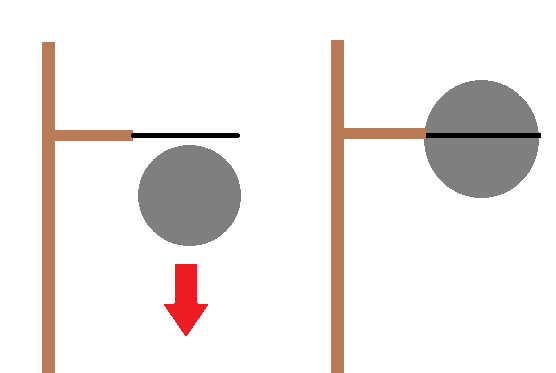
Although solids expand little when heated, the force produced during expansion can be great enough to cause a concrete beam to break or a steel bar to bend. For this reason, in bridges and other buildings, a space is left for expansion called expansion joint.
When a solid expands, it does so in all directions, but when the shape of the solid is elongated, what matters most is linear expansion, with the intention of controlling this phenomenon in construction.
Thermal expansion of liquids
Now let’s see what happens with liquids, for them the increase in volume is much more noticeable than solids. For example, mercury expands about five times more than steel, for this reason it is used in thermometers and thermal expansion is the foundation of how they work.
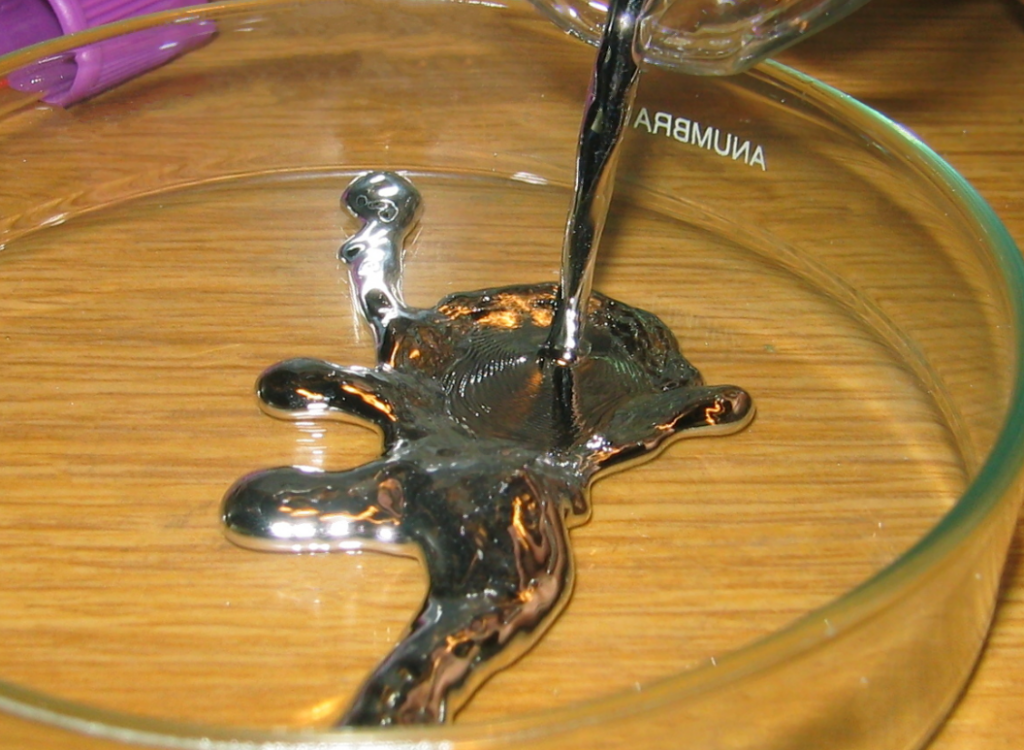
Thermal expansion of gases
Finally, the effect of expansion in gases is the most evident of all. Gases clearly vary in volume with both temperature and pressure because the cohesive forces between particles are weaker than in solids and liquids.
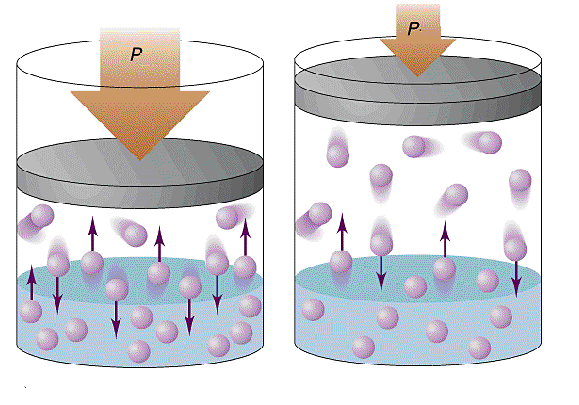
Let’s look at the next practice and see how thermal expansion works, you can do it too!
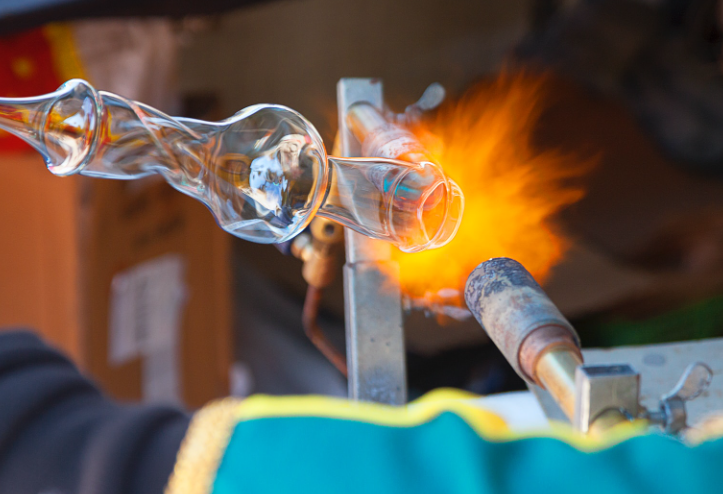
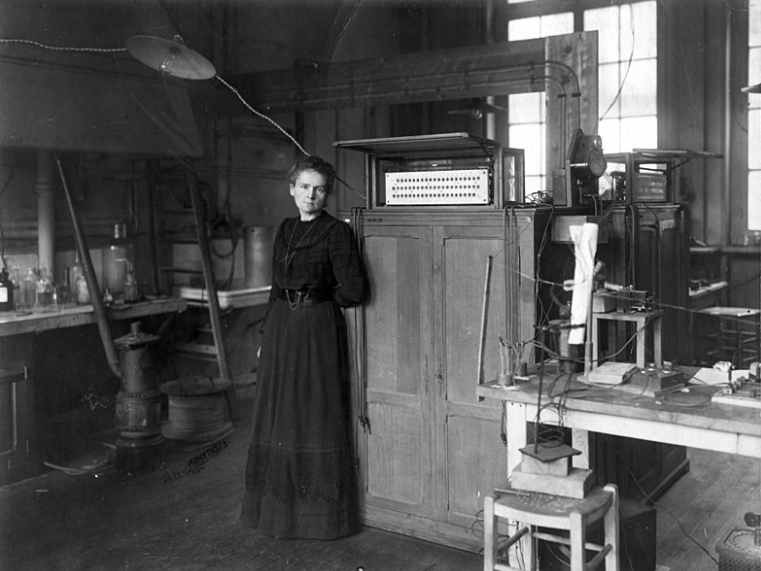



Responses